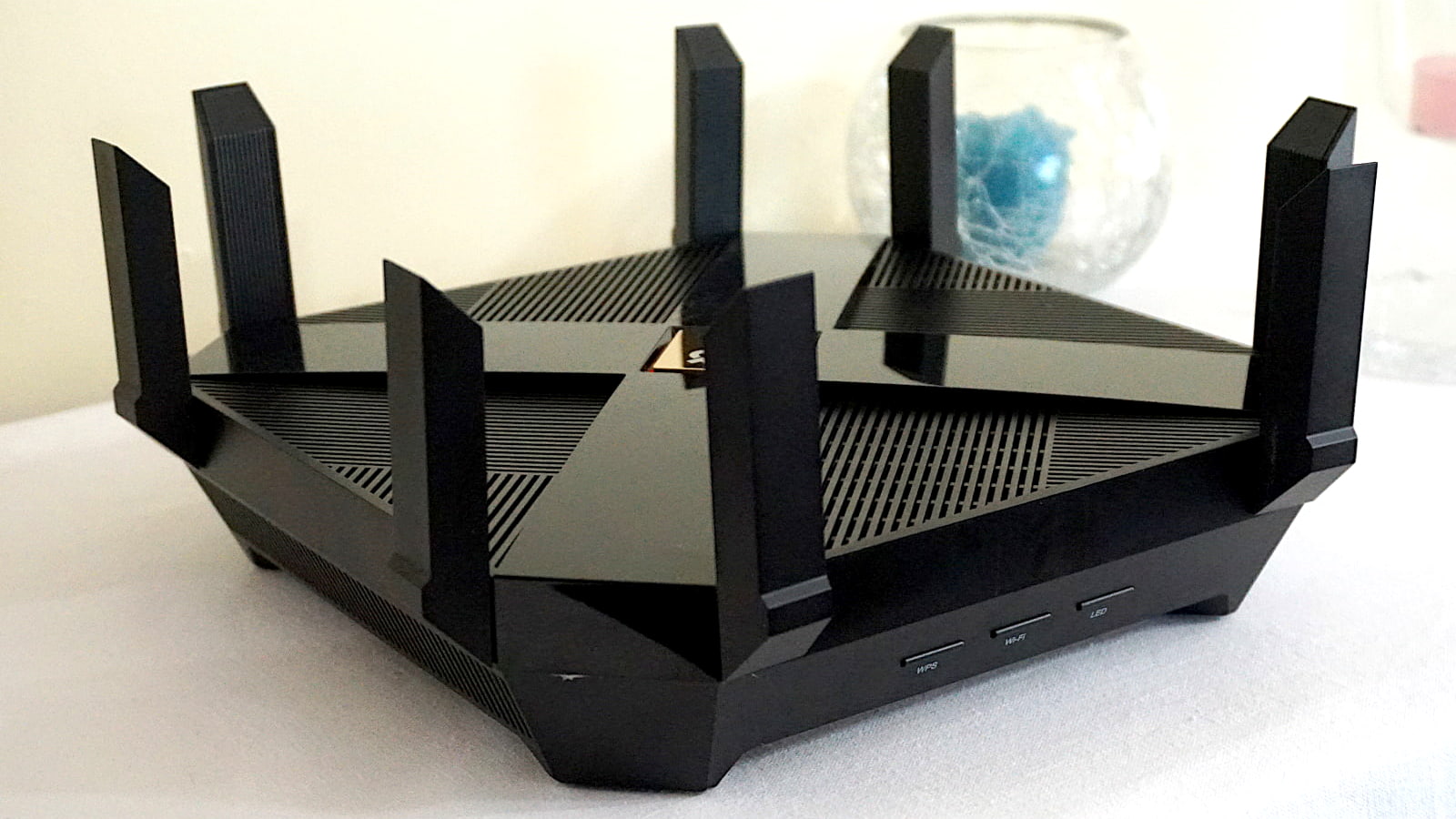As a tech-savvy individual, I understand the importance of having a reliable internet connection. The internet has become an integral part of our daily lives, and it can be frustrating when we experience slow or unstable connectivity. Xfinity is a popular internet service provider in the United States, and many people rely on their services to stay connected. In this article, I will be discussing the possibility of having two routers with Xfinity, why you may need them, and how to set them up properly.
Understanding Xfinity Routers
Xfinity provides their customers with a router/modem combo device that connects to their internet service. The router is responsible for distributing the internet signal to all the devices connected to it. The modem, on the other hand, is responsible for converting the signal from the ISP to a format that can be used by the router. Xfinity provides their customers with a proprietary router/modem device that is pre-configured to work with their internet service.
Why Would You Need Two Routers with Xfinity?
There are several reasons why someone might need two routers with Xfinity. One of the most common reasons is to extend the Wi-Fi coverage in their home. The Xfinity router/modem combo device may not provide enough coverage for larger homes or areas with thick walls that block the signal. In such cases, adding a second router can help extend the coverage and improve the signal strength in areas that were previously dead zones.
Another reason why someone might need two routers with Xfinity is to segregate their network traffic. For instance, if you have a home office or a smart home with many devices, you might want to separate the traffic to ensure that your work devices are on a different network from your leisure devices. This segregation can be achieved by adding a second router to provide a separate network for your work devices.
Can You Have Two Routers with Xfinity?
Yes, you can have two routers with Xfinity. In fact, Xfinity allows you to connect multiple devices to their internet service. However, it is essential to note that Xfinity does not support the use of third-party routers. If you want to use two routers with Xfinity, you will need to purchase a second router that is compatible with the Xfinity router/modem combo device.
How to Set Up Two Routers with Xfinity
Setting up two routers with Xfinity can be done in two ways: cascading or bridging. Cascading involves connecting the second router to the first router via an Ethernet cable. This configuration allows the second router to extend the Wi-Fi coverage of the first router. Bridging, on the other hand, involves disabling the Wi-Fi on the second router and connecting it to the first router via an Ethernet cable. This configuration creates a separate network for the devices connected to the second router.
To set up two routers with Xfinity, follow these steps:
- Purchase a second router that is compatible with the Xfinity router/modem combo device.
- Decide whether you want to use the cascading or bridging method.
- Connect the second router to the first router via an Ethernet cable.
- Configure the second router to extend the Wi-Fi coverage or create a separate network, depending on the method you choose.
Benefits of Having Two Routers
Having two routers with Xfinity can provide several benefits, such as:
- Extended Wi-Fi coverage – adding a second router can help extend the Wi-Fi coverage in your home, eliminating dead zones and improving the signal strength.
- Segregated network traffic – having a separate network for work devices can improve security and prevent network congestion.
- Backup internet connection – if the Xfinity internet service goes down, having a second router can provide a backup internet connection.
Potential Downsides to Having Two Routers
While having two routers with Xfinity can be beneficial, there are also potential downsides, such as:
- Increased complexity – adding a second router can make your network more complex, making it harder to troubleshoot issues.
- Interference – if the routers are not correctly configured, they can interfere with each other, causing network issues.
- Increased costs – purchasing a second router can be expensive, and it may not be necessary for some users.
Alternatives to Using Two Routers
If you do not want to use two routers with Xfinity, there are alternative ways to extend your Wi-Fi coverage or segregate your network traffic. One alternative is to use Wi-Fi extenders or mesh networks to extend your Wi-Fi coverage. Another alternative is to use VLANs to segregate your network traffic without the need for a second router.
Xfinity Router Compatibility with Third-Party Routers
As mentioned earlier, Xfinity does not support the use of third-party routers. However, if you still want to use a third-party router, you can do so by disabling the Wi-Fi on the Xfinity router/modem combo device and connecting the third-party router via an Ethernet cable. This configuration effectively turns the Xfinity device into a modem, and the third-party router becomes the primary router.

Troubleshooting Common Issues with Two Routers
If you experience any issues with your two-router configuration, some common issues may include:
- IP address conflicts – if both routers have the same IP address, it can cause conflicts and disrupt the network.
- Incorrect configuration – if the routers are not correctly configured, they can cause network issues.
- Interference – if the routers are too close to each other or are not correctly configured, they can cause interference and disrupt the network.
Conclusion
In conclusion, having two routers with Xfinity can be beneficial for extending Wi-Fi coverage, segregating network traffic, and providing a backup internet connection. However, it is essential to note that Xfinity does not support the use of third-party routers, and adding a second router can increase complexity and costs. If you do decide to use two routers with Xfinity, make sure to follow the proper configuration steps to avoid any issues.
